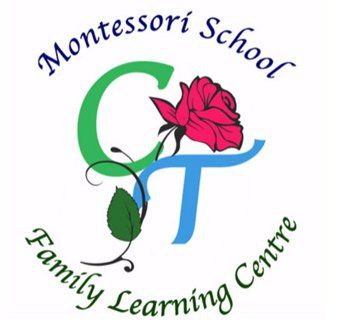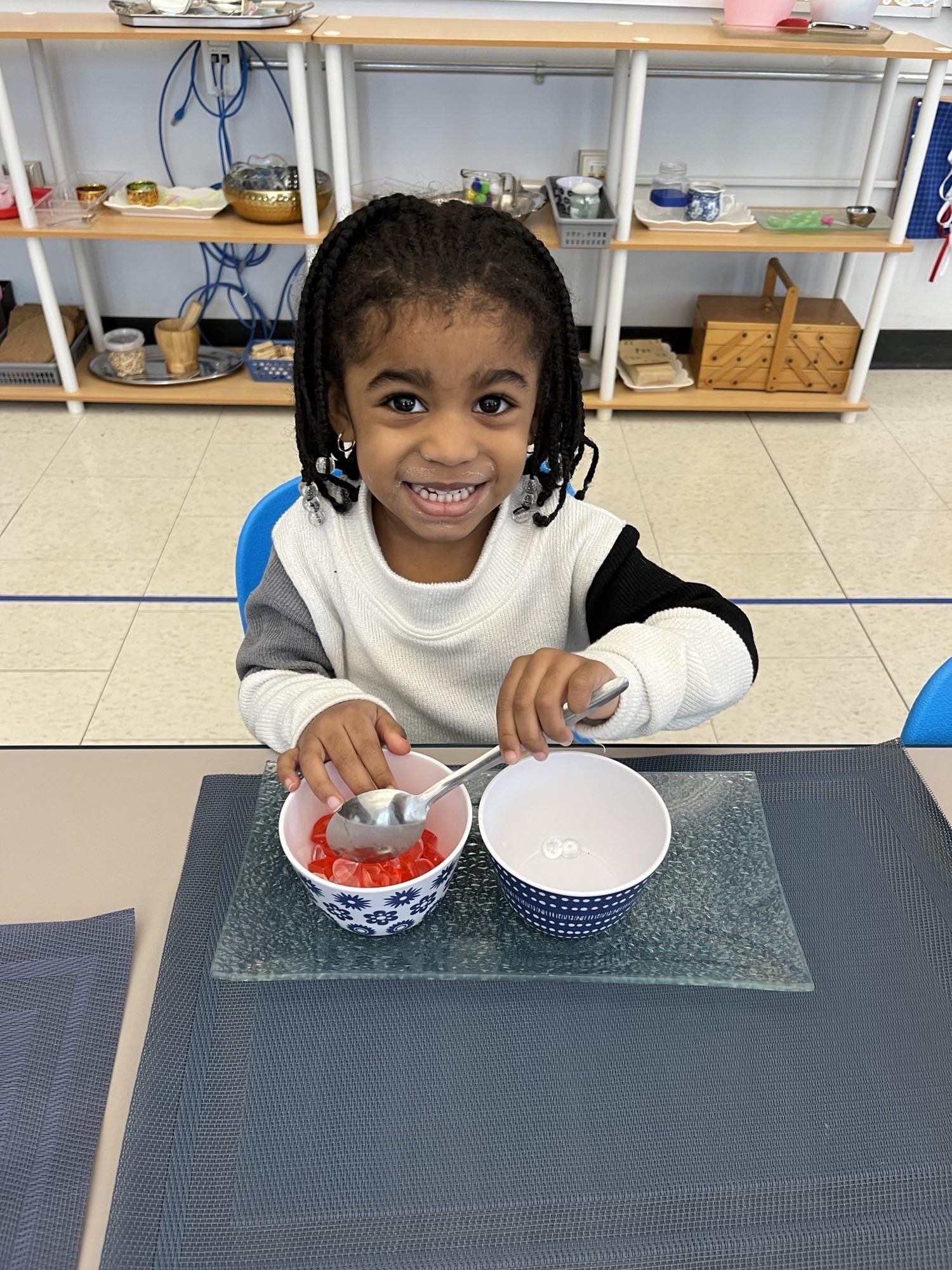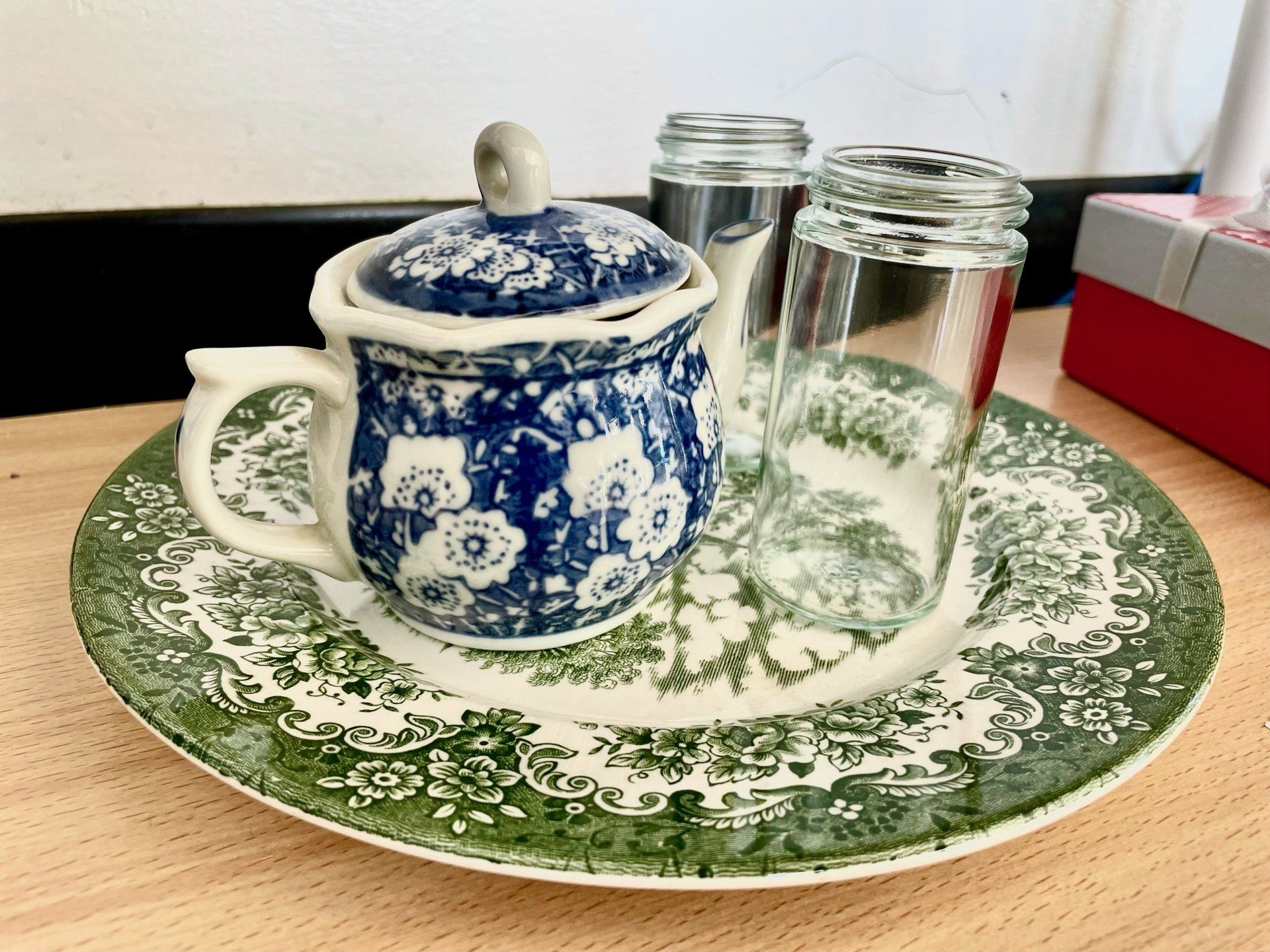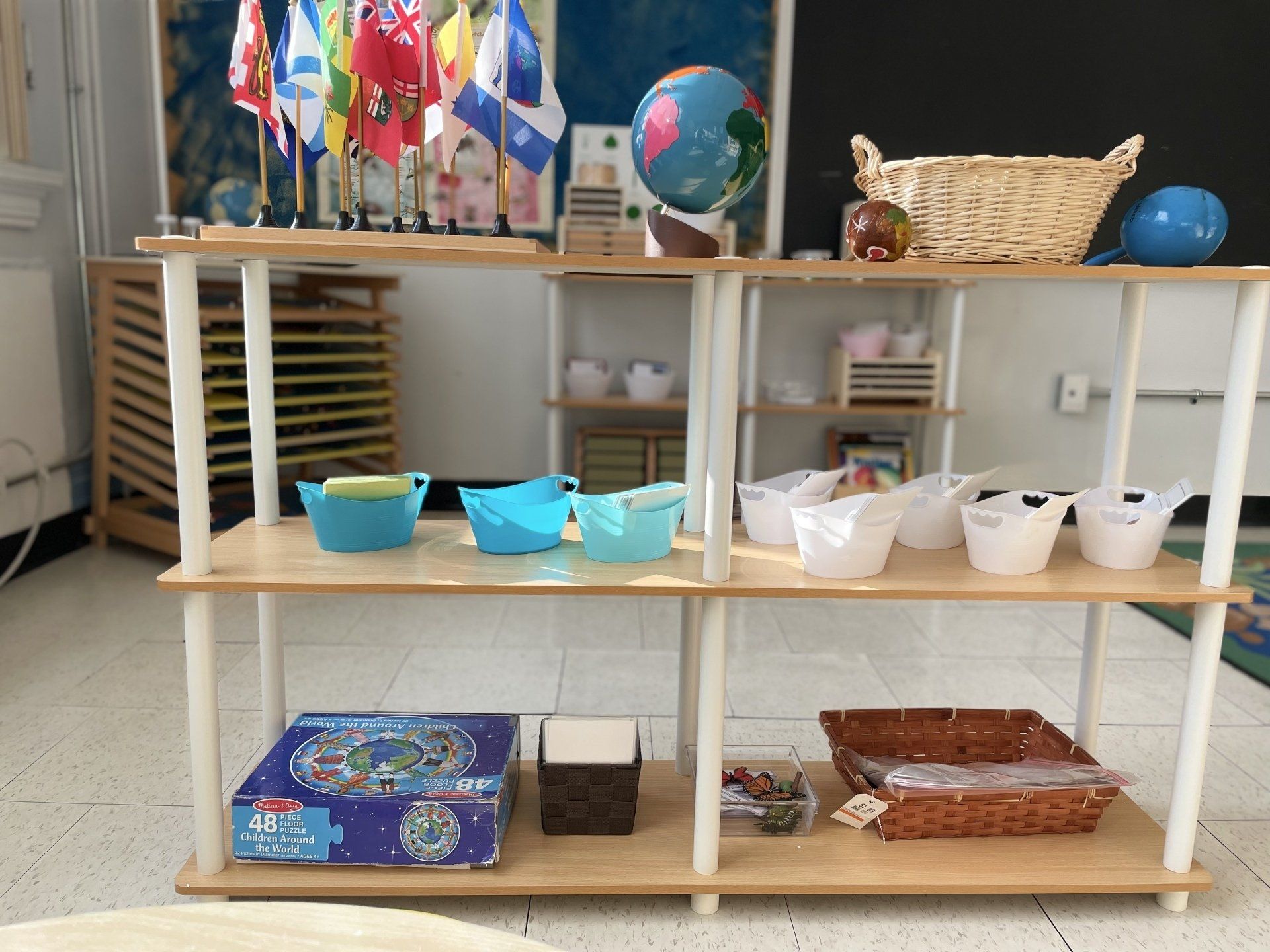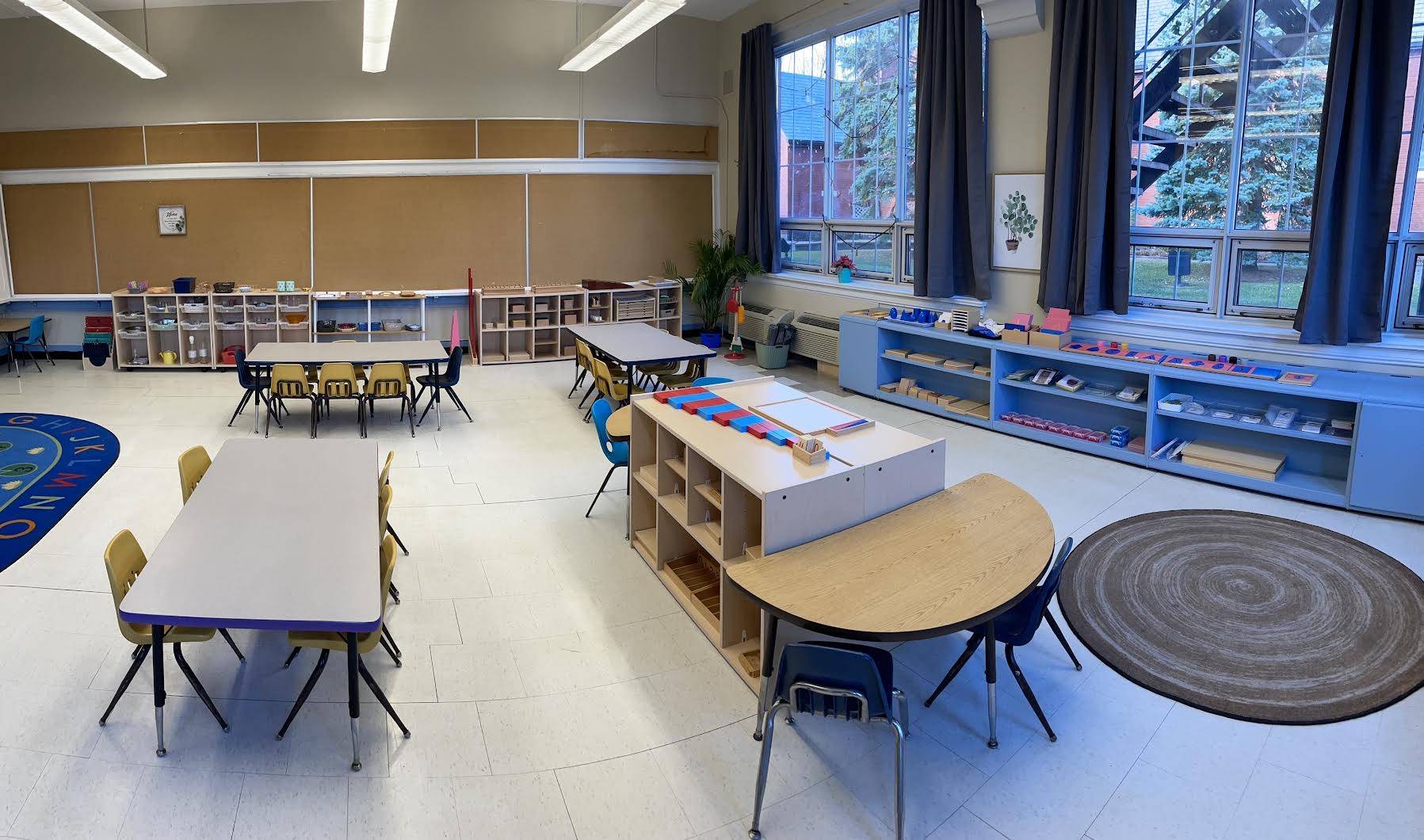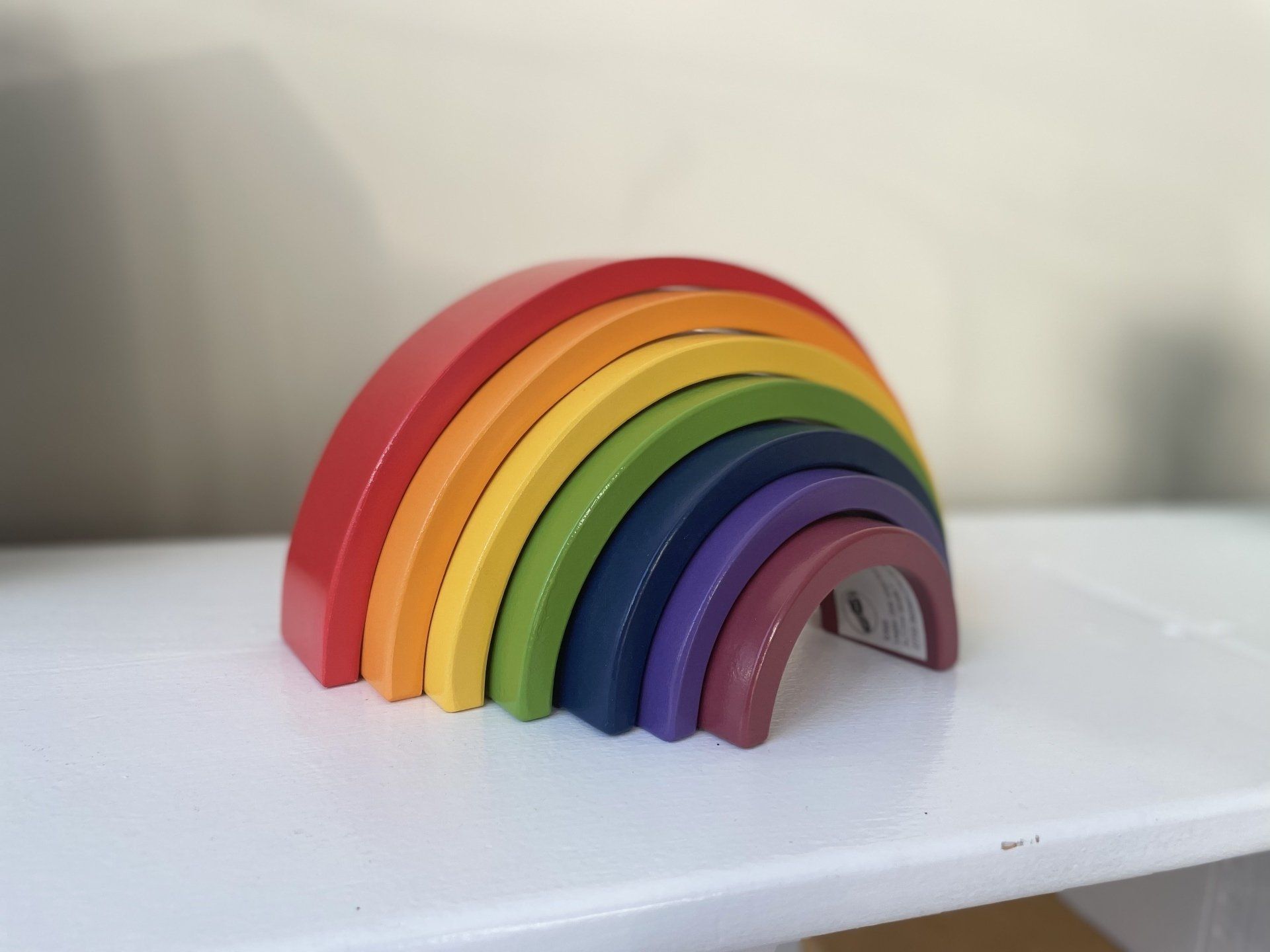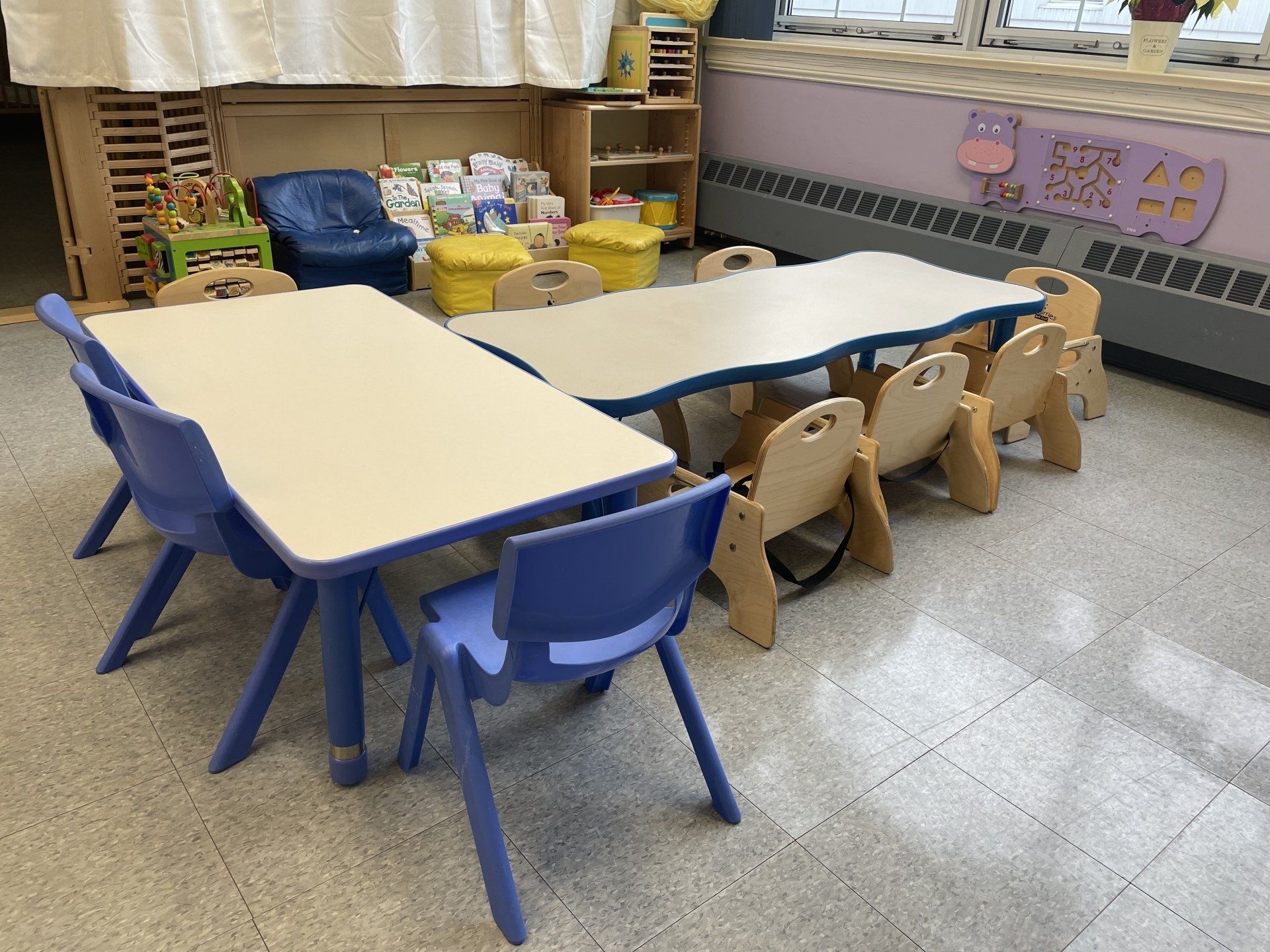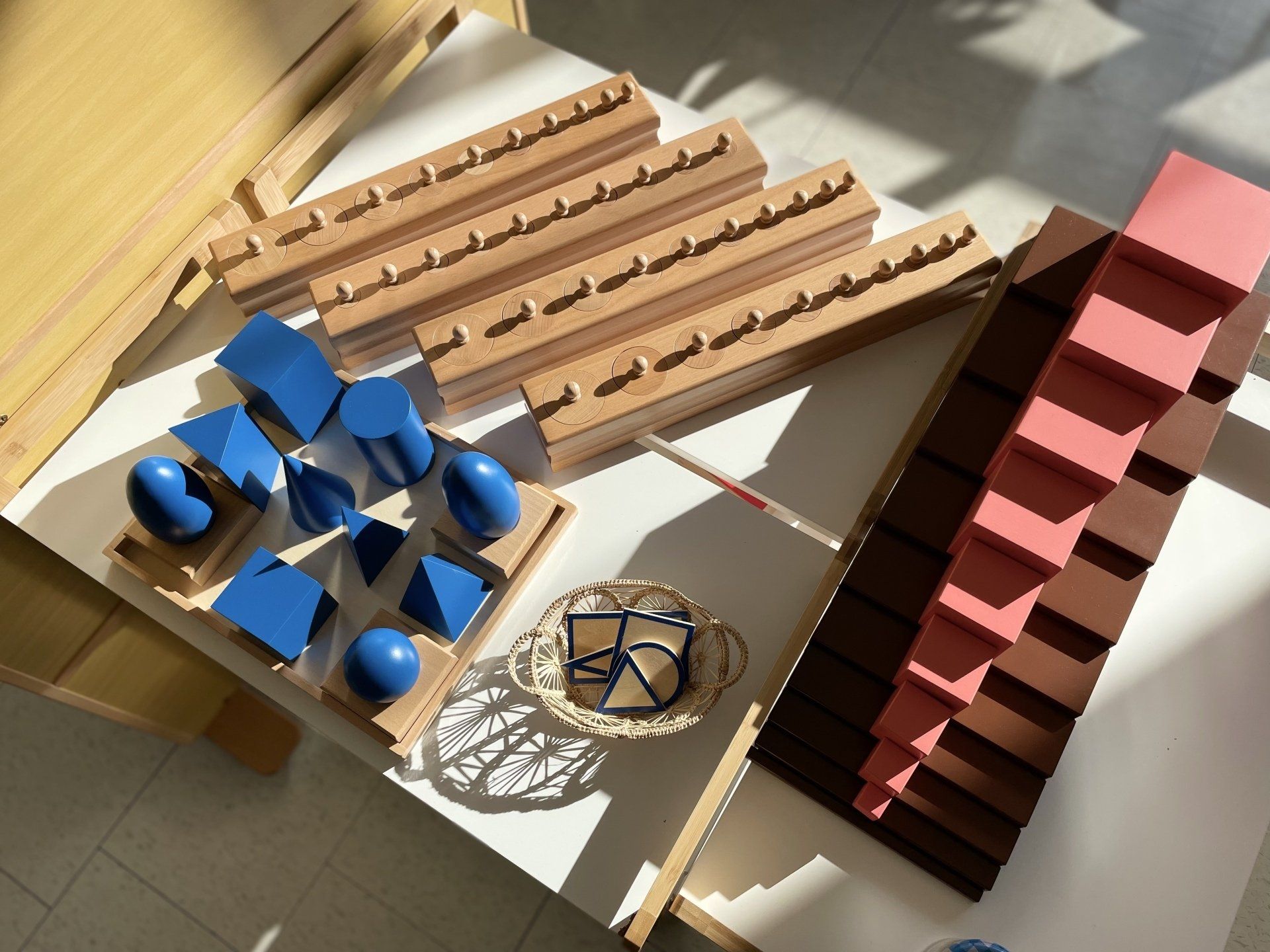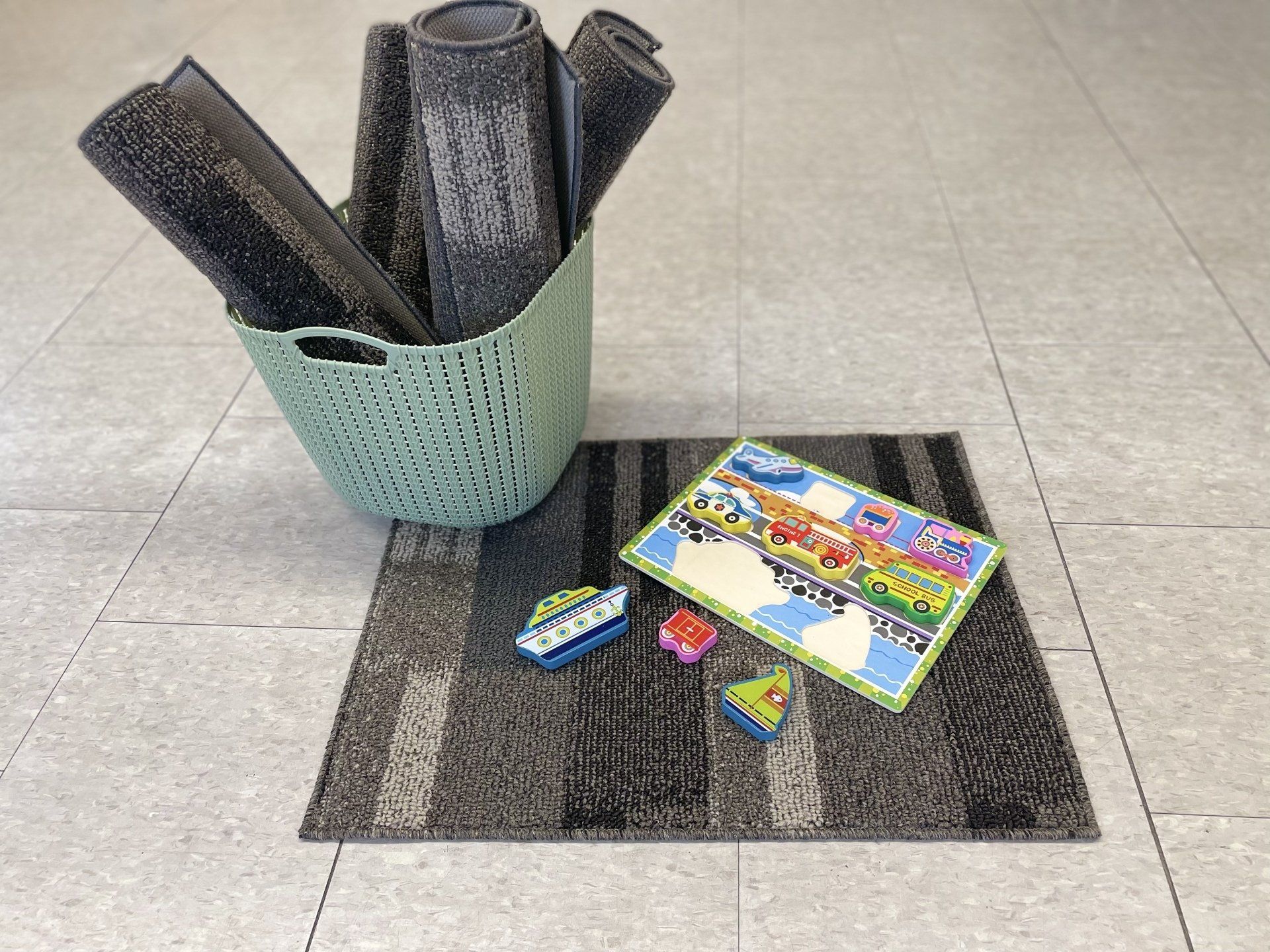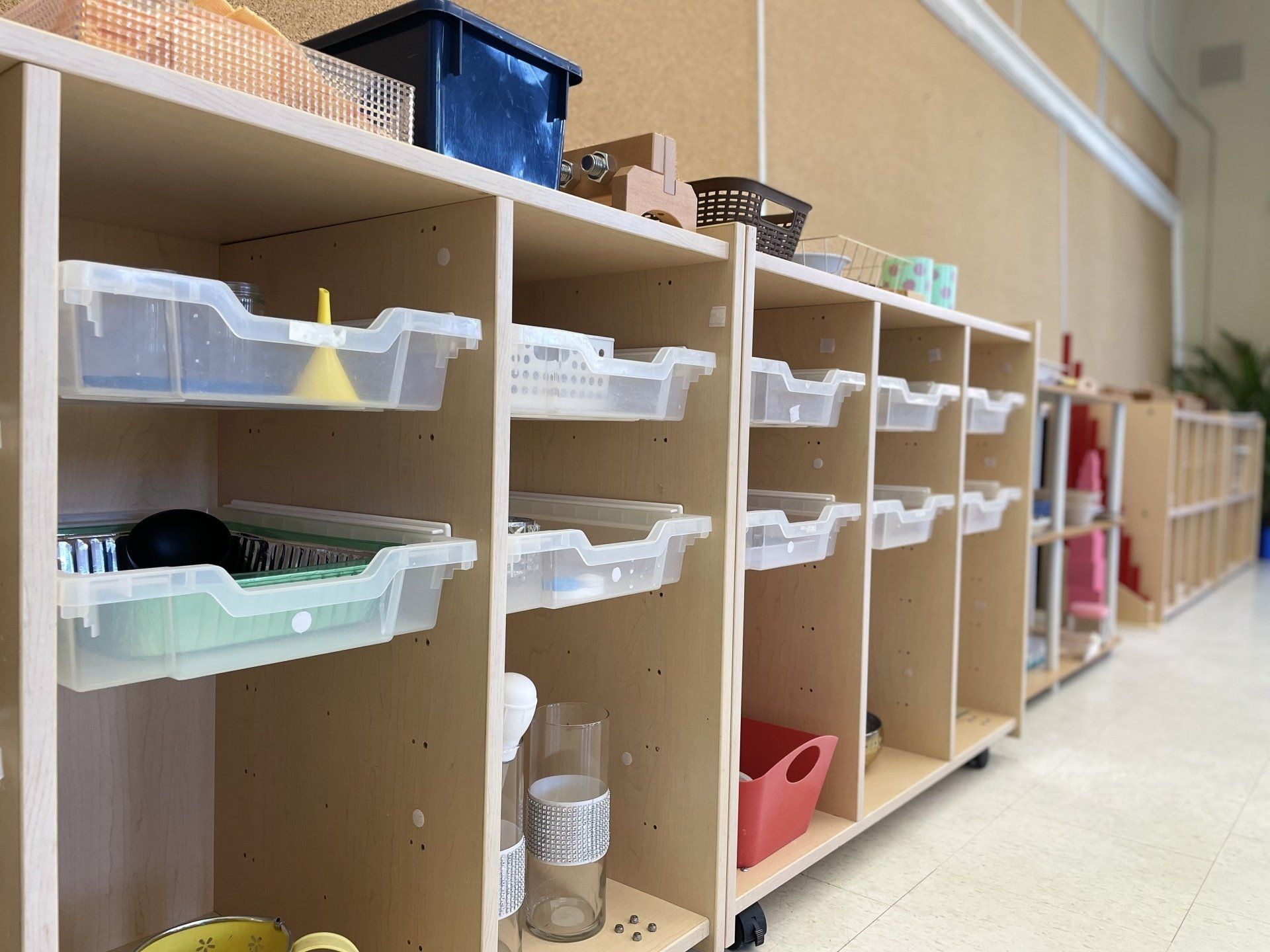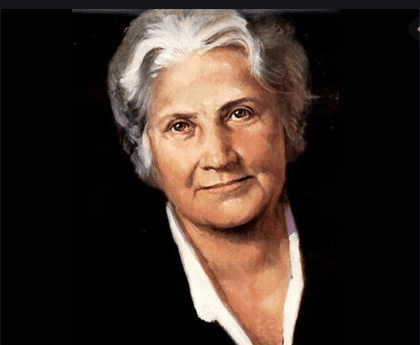What is Montessori ?
The Montessori curriculum was established in the early 1900s by Italian educator and philosopher Maria Montessori, a passionate leader who established an enriched format of education that revolutionized childcare and early learning. To this day, the Montessori method has been adopted and continually practiced by teachers worldwide.
A Montessori education is a scientific method of teaching to educate children through direct control of their environment. It uses materials to stimulate a child's senses, which makes the learning experience more memorable. The Montessori education method is a progression of learning beginning with activities in practical life and sensorial. These activities internalize independence, coordination, concentration and order (ICCO), concrete work, which in turn help a child to transition to more abstract learning in Culture, Math and Language.
The Montessori curriculum includes materials in Practical Life to enhance motor skills through daily functions; Sensorial to allow a child to explore his senses, and gain pre-math skills; Cultural, which includes learning about plants, animals, human anatomy, the Earth, outer space, and other cultures; Math, which helps a child understand mathematical functions in concrete form; and Language which teaches vocabulary, writing, and reading.
The Montessori education method supports and encourages multi-age grouping. Older children work with younger children; giving the older children leadership skills, patience and tolerance, and encouraging the younger children to accomplish more challenging activities. Multi-age grouping also promotes respect between older children and younger children, and reinforces knowledge of the Montessori materials.
8 Things You'll Find in CT's Montessori Rooms
The Montessori classroom is a "prepared environment", meaning that the learning space is carefully cultivated by trained Montessori teachers to maximize learning opportunities through children's natural curiousity and desire to play. The Montessori approach is a child-led method, where the Montessori teacher's role is to simply provide the tools and"prepare the environment" for the child to learn.
Hover over each picture for a look into what our Montessori classrooms offer!
New Paragraph
A Bit About Maria Montessori
Maria Montessori was an Italian physician and educator. She was an innovator and writer on scientific pedagogy. She created the philosophy of education that bears her name. Maria Montessori was a pioneer of theories in early childhood education, which are implemented in Montessori schools all over the globe. She was acclaimed for her educational method that builds on the way children naturally learn. Her first school was the Casa dei Bambini (Children's House) in Rome on January 6, 1907.
For more information about Maria Montessori and her method, here are a couple of
Websites to get you started:
http://infed.org/mobi/maria-montessori
http://www.notablebiographies.com/Mo-Ni/Montessori
